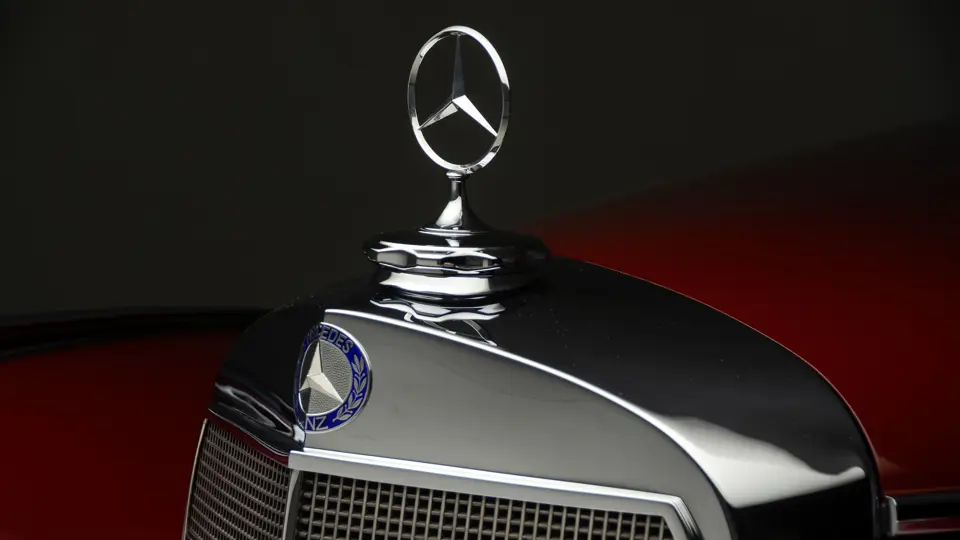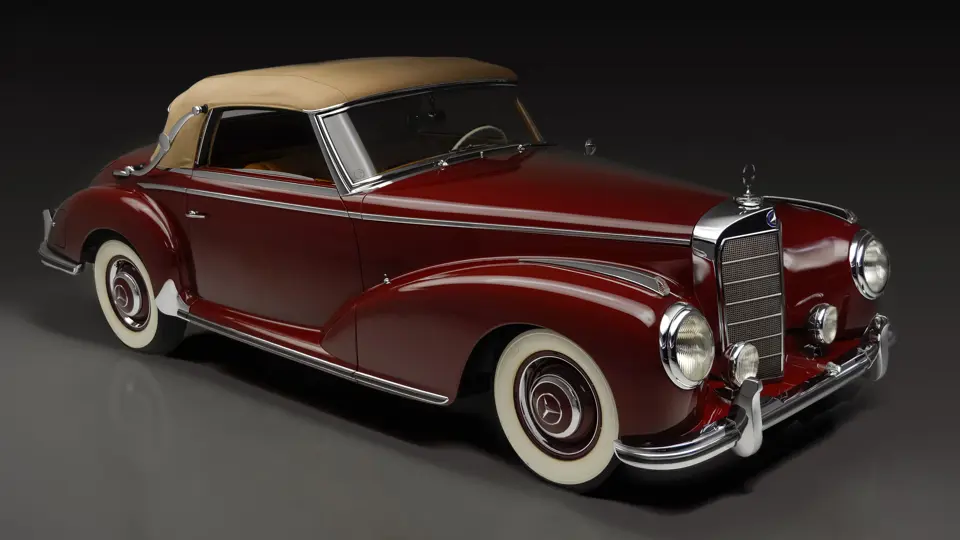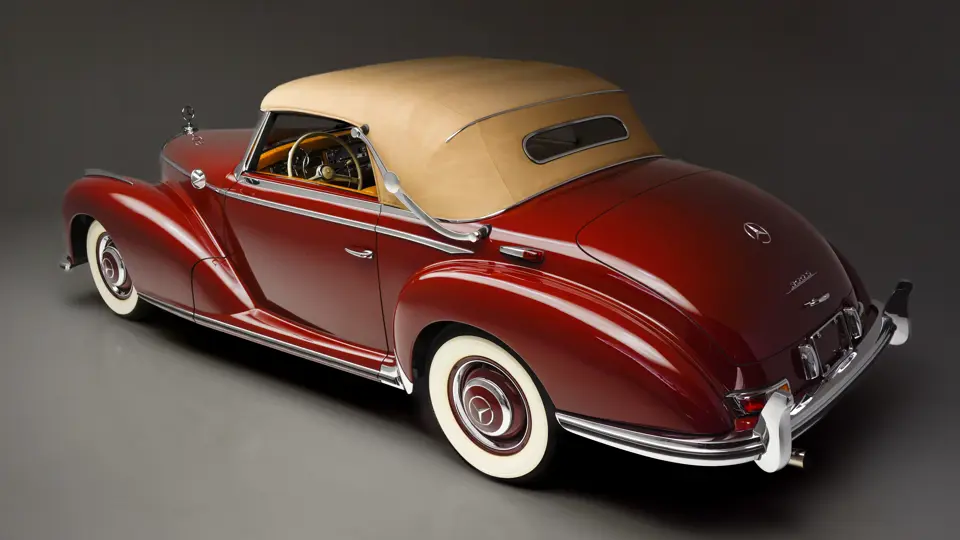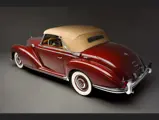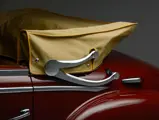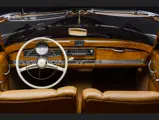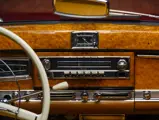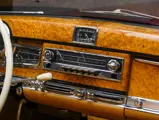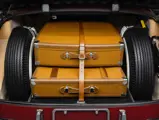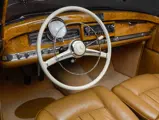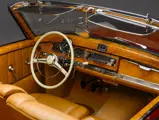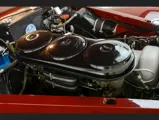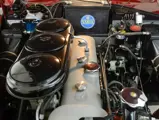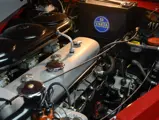
1953 Mercedes-Benz 300 S Cabriolet A
{{lr.item.text}}
$621,000 USD | Sold
{{bidding.lot.reserveStatusFormatted}}
- One of only 203 300 S Cabriolet A examples produced from 1952–1958
- A magnificently engineered, hand-crafted formal cabriolet; the very best in classic German luxury
- Retains its numbers-matching engine
- Fully restored by marque expert Don Mertz in 2010 in the present medium red finish
- Accompanied by luggage, tool roll, German-language manuals, Mercedes-Benz Zertifikat, and restoration invoices and photographs
Mercedes-Benz’s flagship 300-series sedan debuted at the Frankfurt Auto Show in 1951. The large, elegant six-cylinder offering was graceful yet imposing, a statement of European luxury that was available in either four-door sedan or striking four-door full convertible configurations. The 300 received great praise for its exceptional engineering and build quality and was a favorite of celebrities and heads of state alike, including West German Chancellor Konrad Adenauer, whose affinity for the sedan earned it its eponymous nickname.
Shortly after the big sedan and convertible debuted, Mercedes unveiled a sporting version, the 300 S—the “S” denoting it as "Super." This new variant bridged the gap between the four-door 300 and the much-anticipated 300 SL sports car. The 300 S chassis was shortened by 25 centimeters and was available as an elegant closed coupe, a disappearing-top roadster, or a beautiful open-topped cabriolet.
S-specification cars featured an uprated 3.0-liter inline-six. A trio of Solex carburetors and a boosted compression ratio helped the big six produce a healthy 150 horsepower, up from the standard car’s 115. The engine is backed by a smooth and reliable four-speed manual with a delightfully slick column shift. The suspension is independent in front with a swing-axle arrangement in the rear, sprung with coils. While tuned for comfort, the 300 S is a respectable handler for a car of its size while also remaining poised at speed. All 300s featured powerful vacuum brakes as standard, along with other luxuries such as windscreen washers and reclining seats. Exclusivity was assured, as only 560 examples of the 300 S were hand-built between 1952 and 1958. That exclusivity also came with a price: A whopping $12,680 in 1953. Notable 300 S owners included Cary Grant, Gary Cooper, and The Aga Khan, who all could easily afford the cost of entry into the exclusive club.
Dating from 1953, this 300 S is one of only 203 Cabriolet As constructed. It retains its numbers-matching engine, as confirmed by the accompanying Mercedes-Benz Zertifikat, and is very well-documented, with just three owners from new. The first owner cherished it for 26 years; in 1979, it passed to its second owner, who clearly also had a great love for it and cared for it exceptionally well. They subsequently treated it to a no-expense-spared restoration by respected marque expert Don Mertz, completed in 2010.
Restoration specialists generally agree that the 300 S is one of the costliest of all post-war cars to restore due to its complexity and extensive chrome detailing. As accompanying invoices and photographs attest, the previous owner indeed spent a vast sum to fulfill his dream. The results are, without a doubt, magnificent: The medium red color is superbly suited to the graceful and curvaceous body lines, lending the formal cabriolet a subtle sporting character. The fit and finish are truly outstanding, and every piece of the brightwork is finished to perfection. Color-matched wheels and center caps round out the superb presentation.
In true flagship fashion, the 300 S was built to order and trimmed with only the finest materials at Mercedes-Benz’s Sindelfingen works, and the restoration has faithfully reproduced the handcrafted feel. Leather trims nearly every soft surface in the cabin, with luxurious wool carpeting covering the floors. The dash, windscreen surround, and door caps are adorned with exquisitely burled wood trim. Jewellike switchgear, instrumentation, and the original in-dash radio have also been restored to the highest standards and exude a feeling of unparalleled quality. A proper German canvas cabriolet top has been hand-fitted, featuring the signature landau irons and a full headlining. Under the hood, the numbers-matching, triple-carb engine is meticulously detailed with correct markings, decals, and finishes throughout the engine bay. The level of excellence continues underneath the car with correct details, finishes, and hardware used throughout the chassis.
Since the restoration was completed in 2010, this fine machine has been honored with several first-place awards from many prestigious concours events. Accompanied by luggage, tool roll, German-language manuals, and restoration documentation, it remains an exceptional embodiment of the best of postwar German luxury, and would be a welcome entry into nearly any prestigious concours or driving event in North America or Europe.




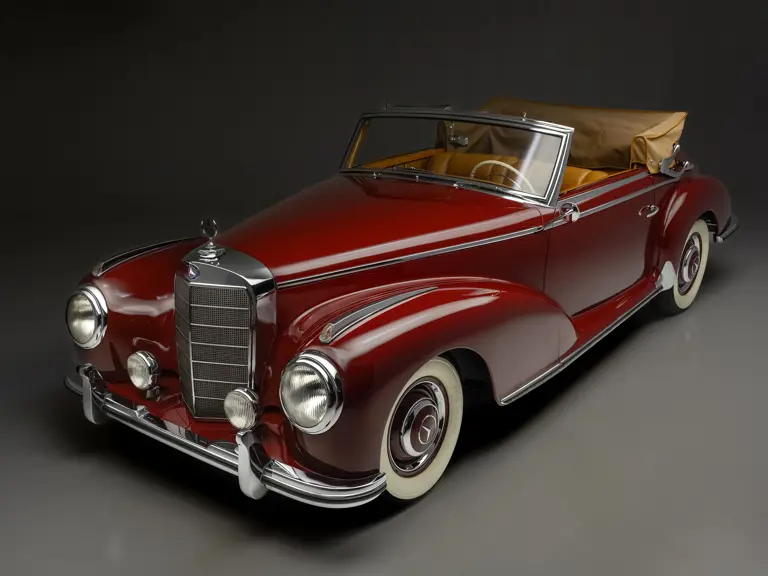
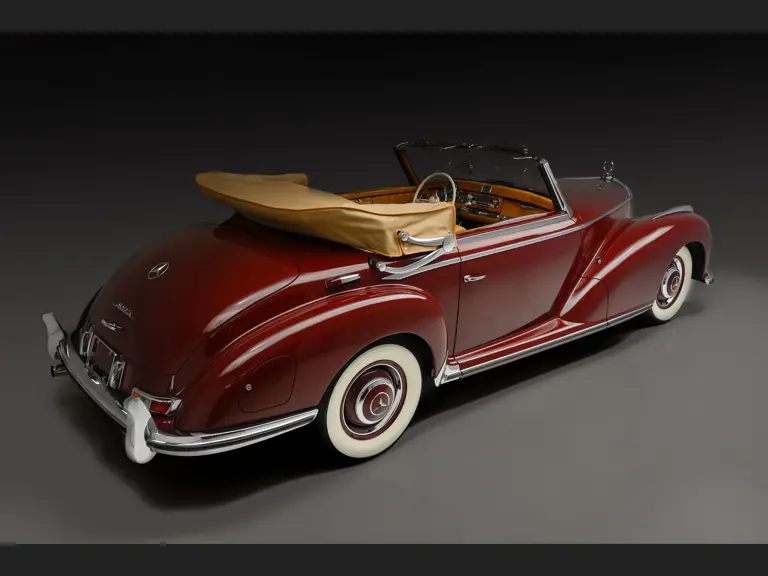
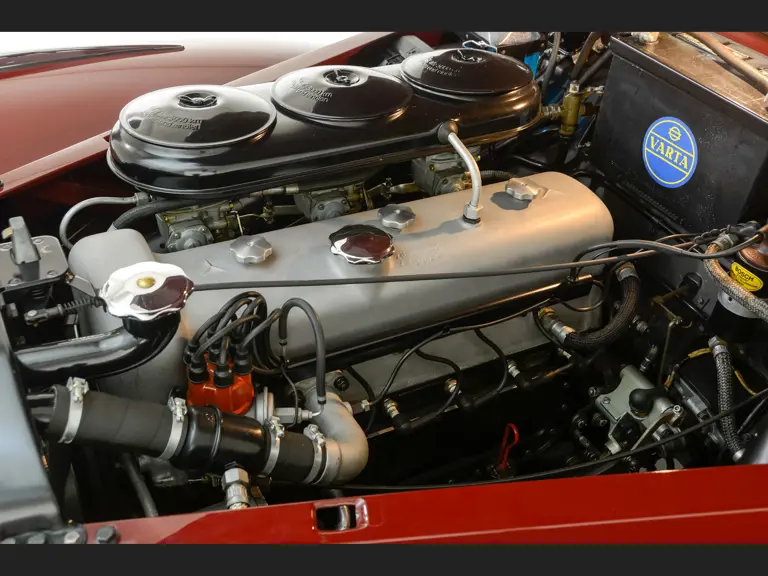
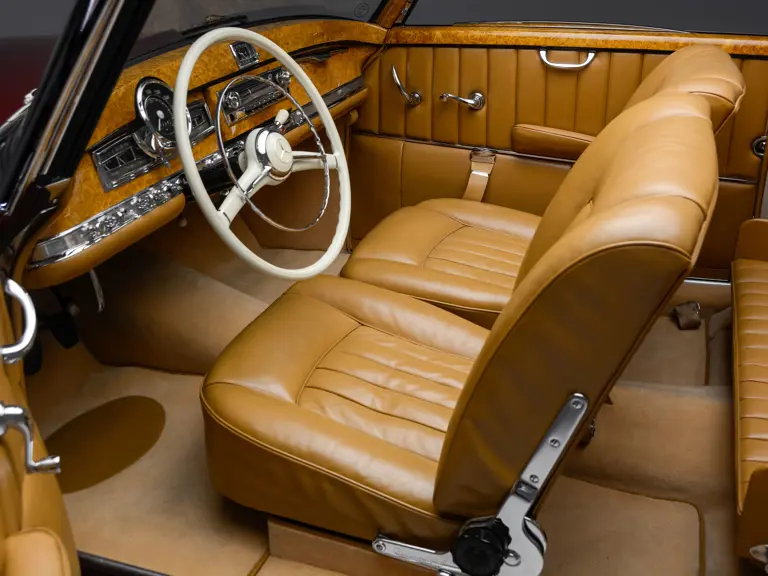
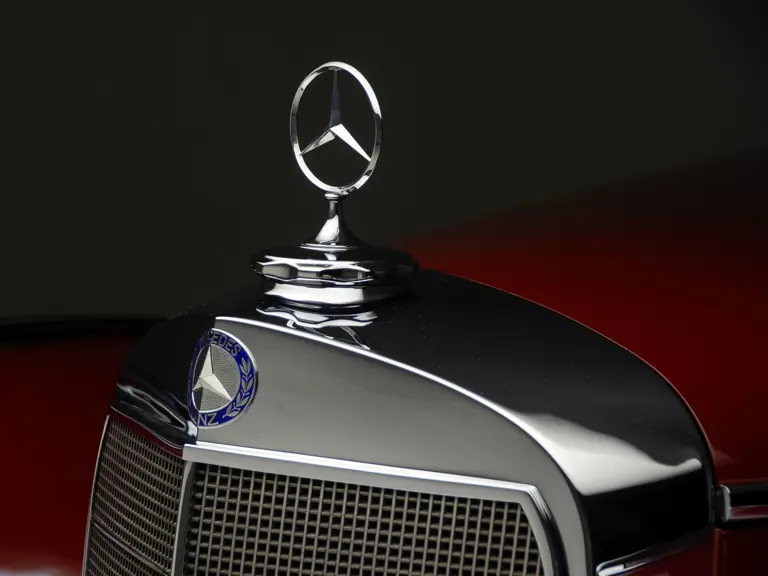
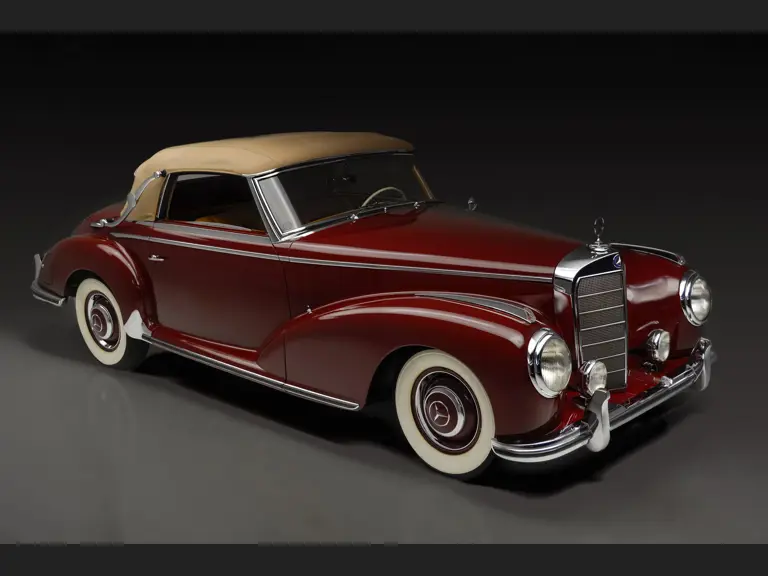
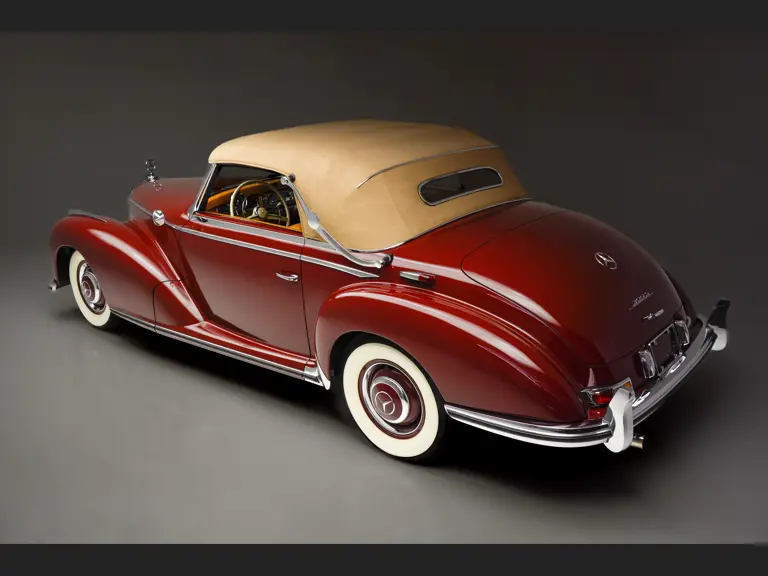

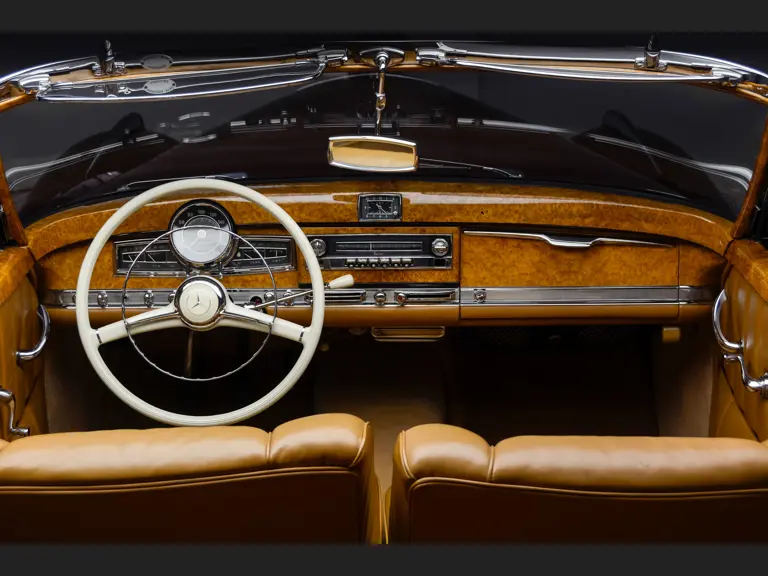
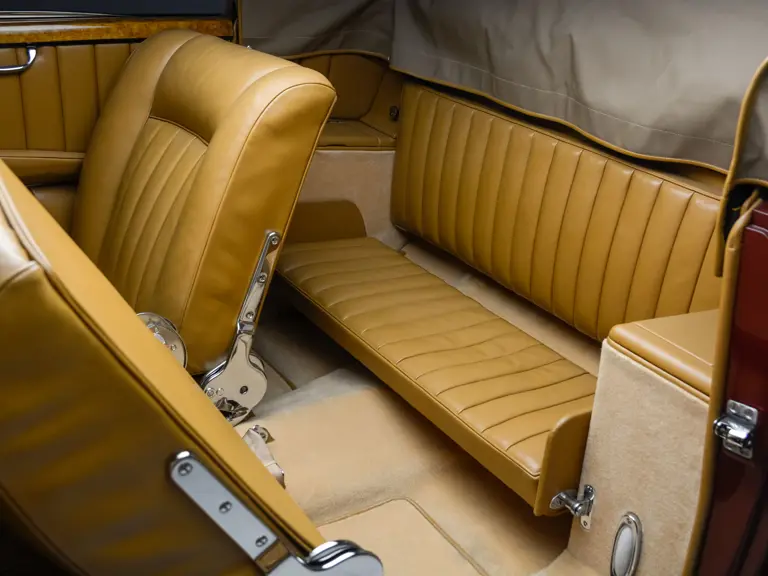
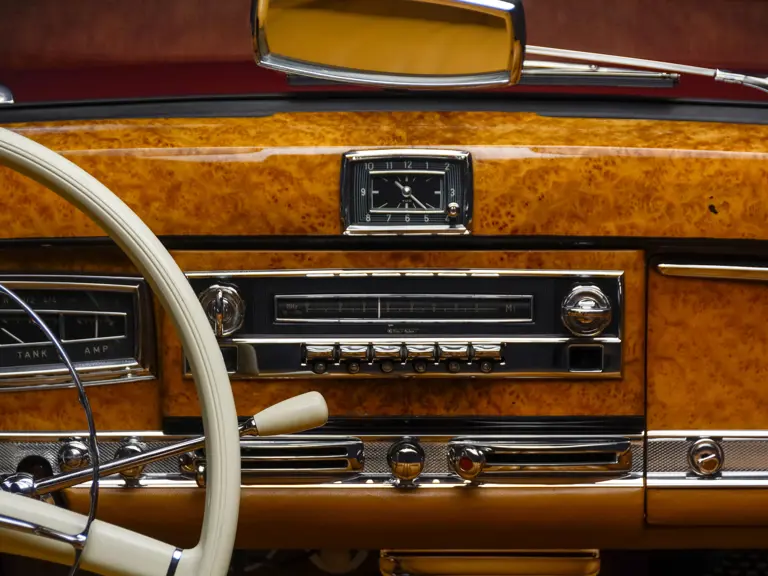

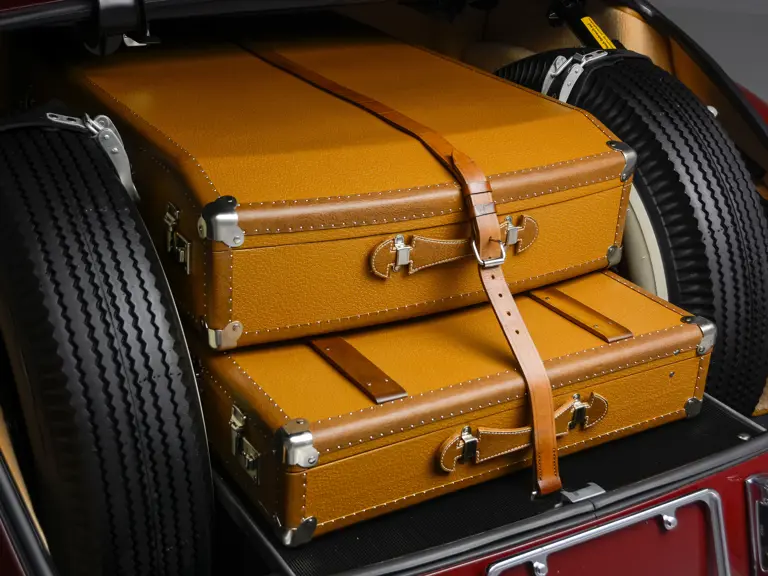
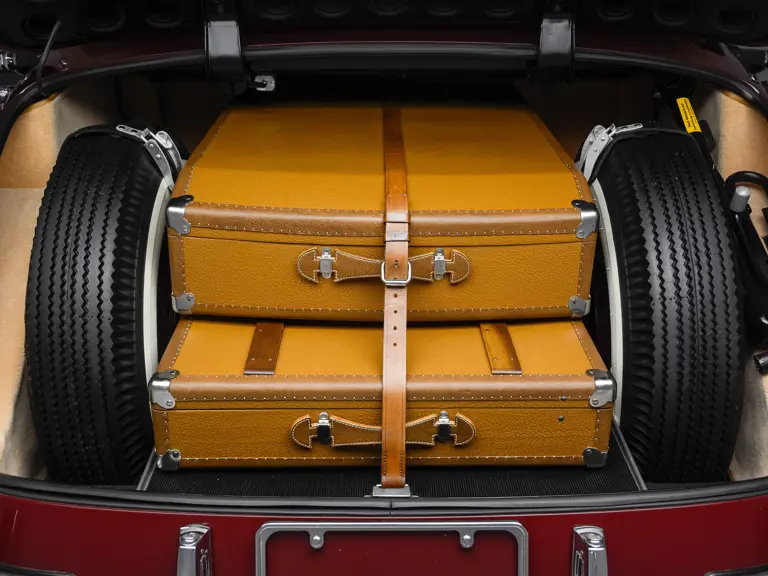
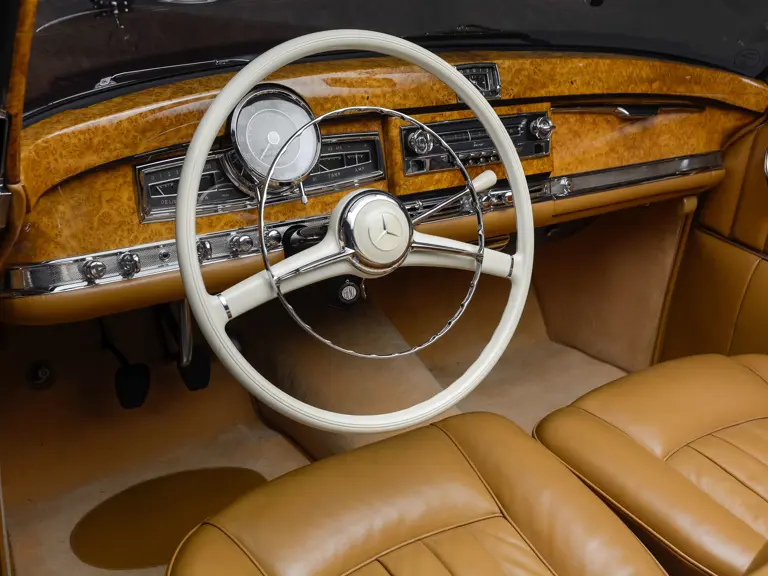
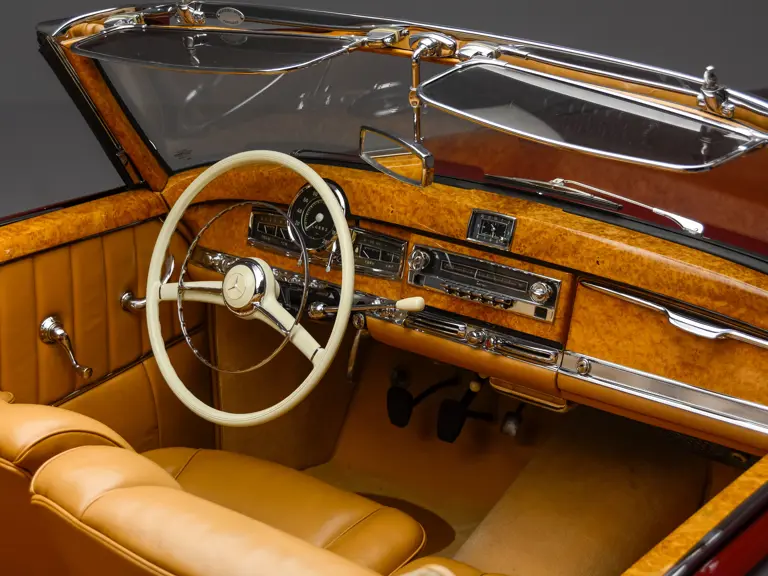
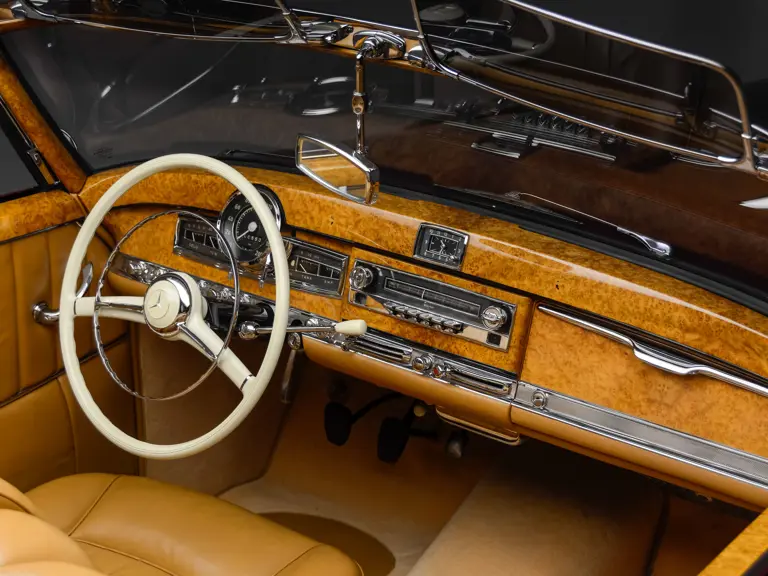
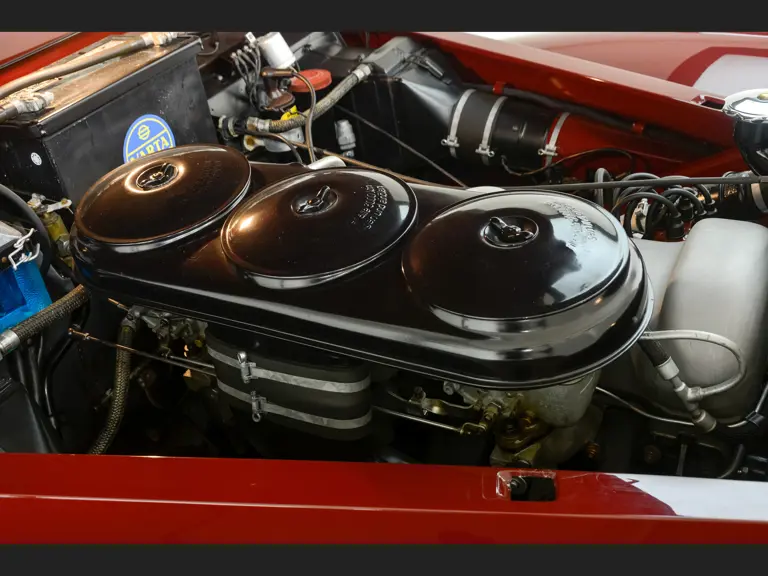
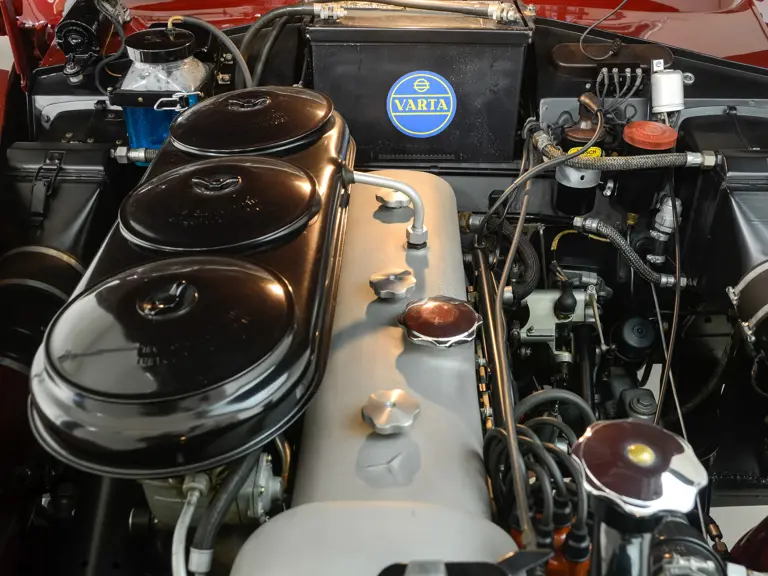
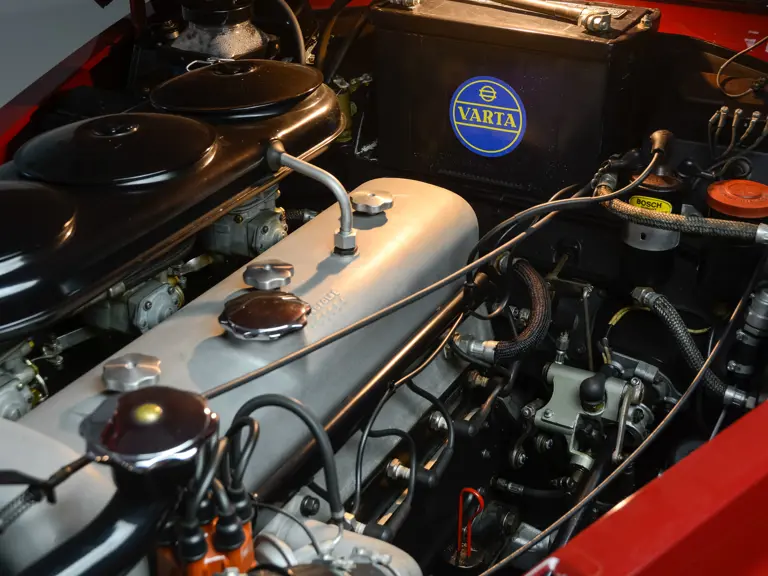
 | Amelia Island, Florida
| Amelia Island, Florida
